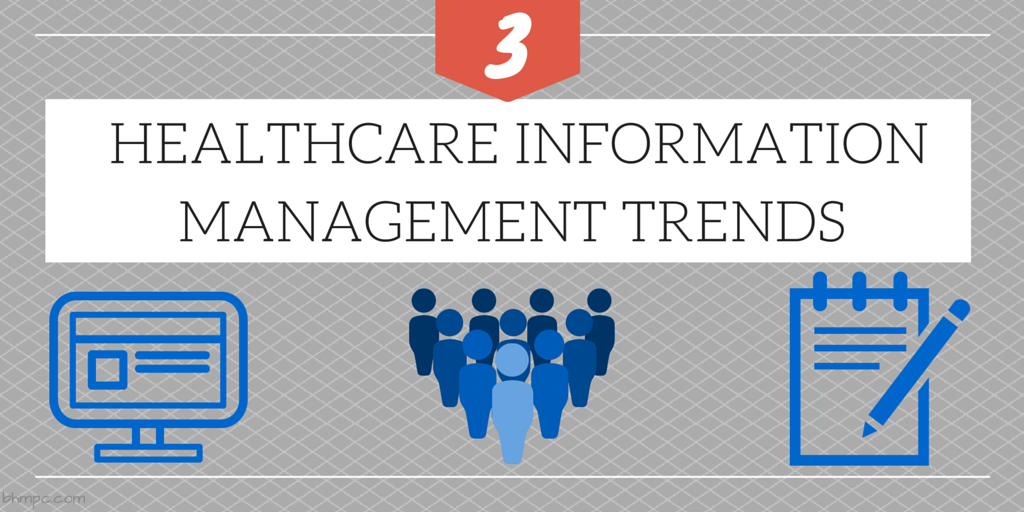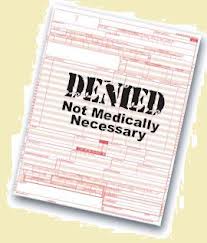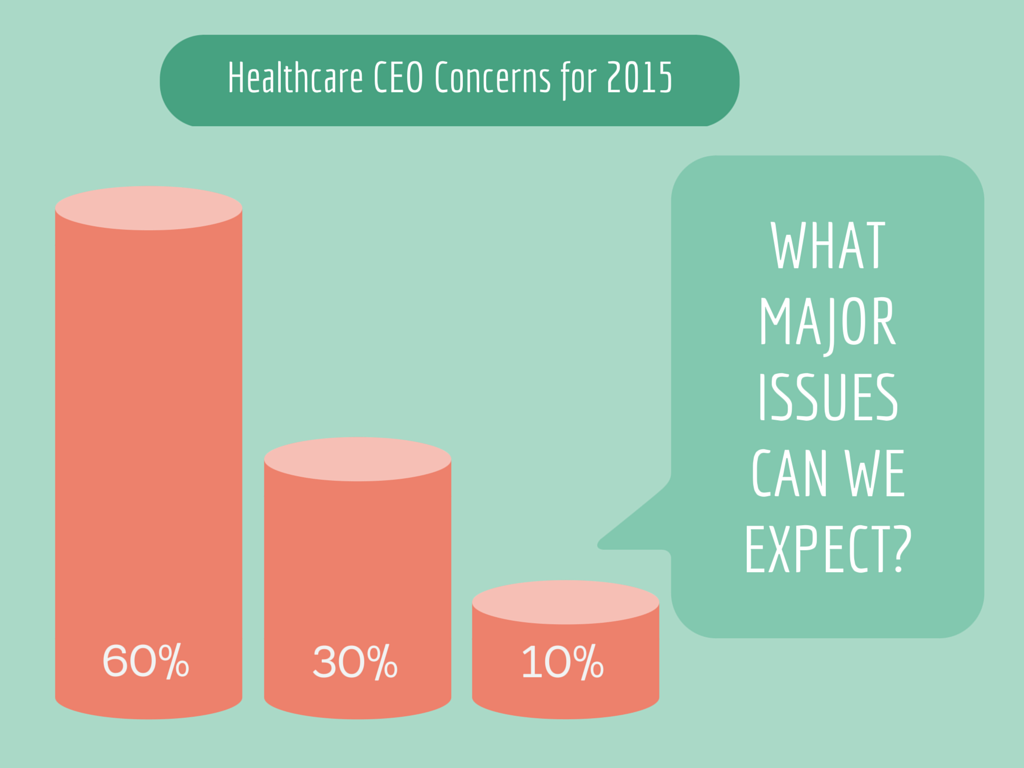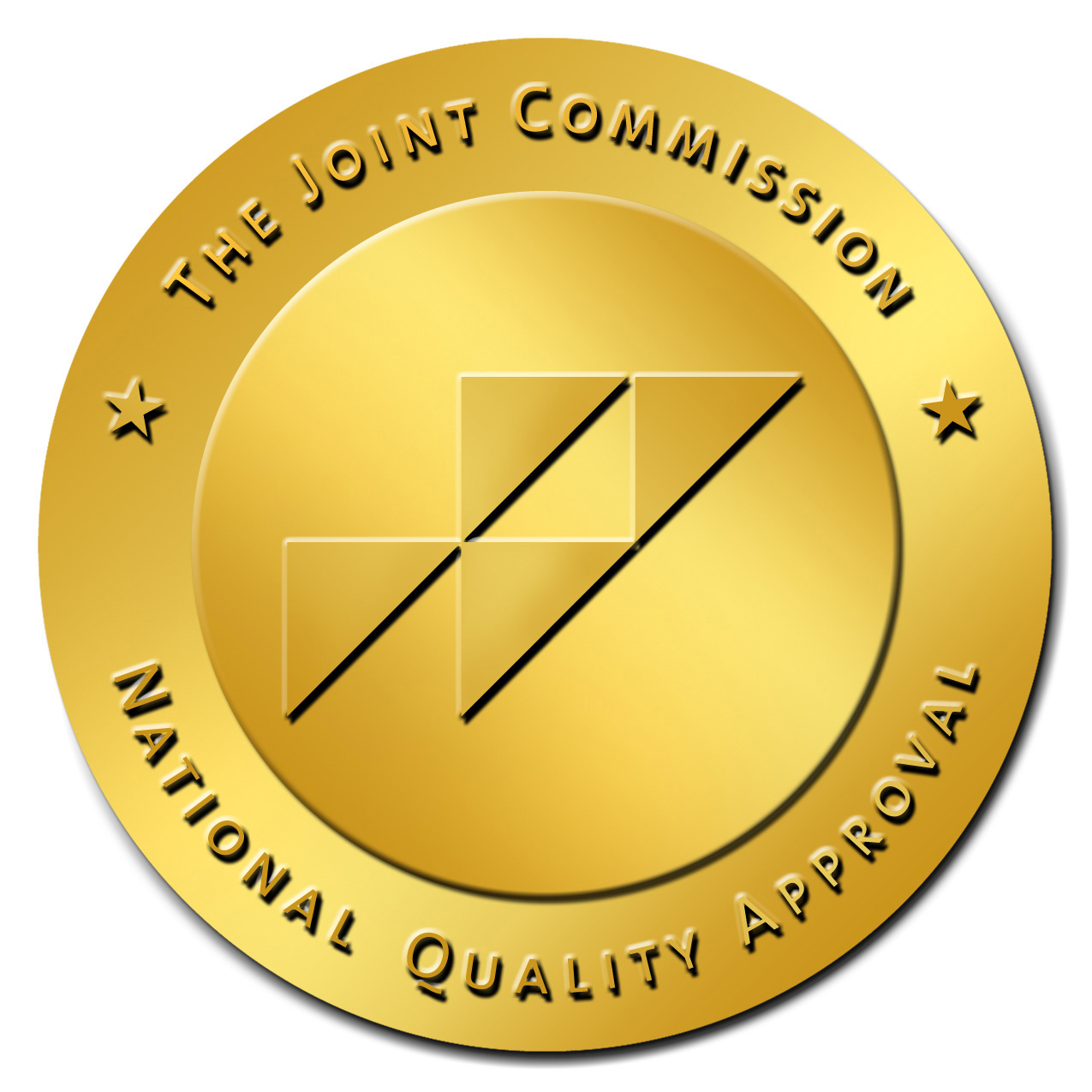3 Trends to Watch in Healthcare Information Management
The healthcare industry is rapidly growing: With innovations in medical tools and new successful procedures performed annually, there is no shortage of change. Just as vital to the industry are solutions that help manage the information of the millions of patients who visit each year. To keep up with the demand and to facilitate the process, adjusting healthcare information management practices is a necessity. Here are three trends that are being implemented.











